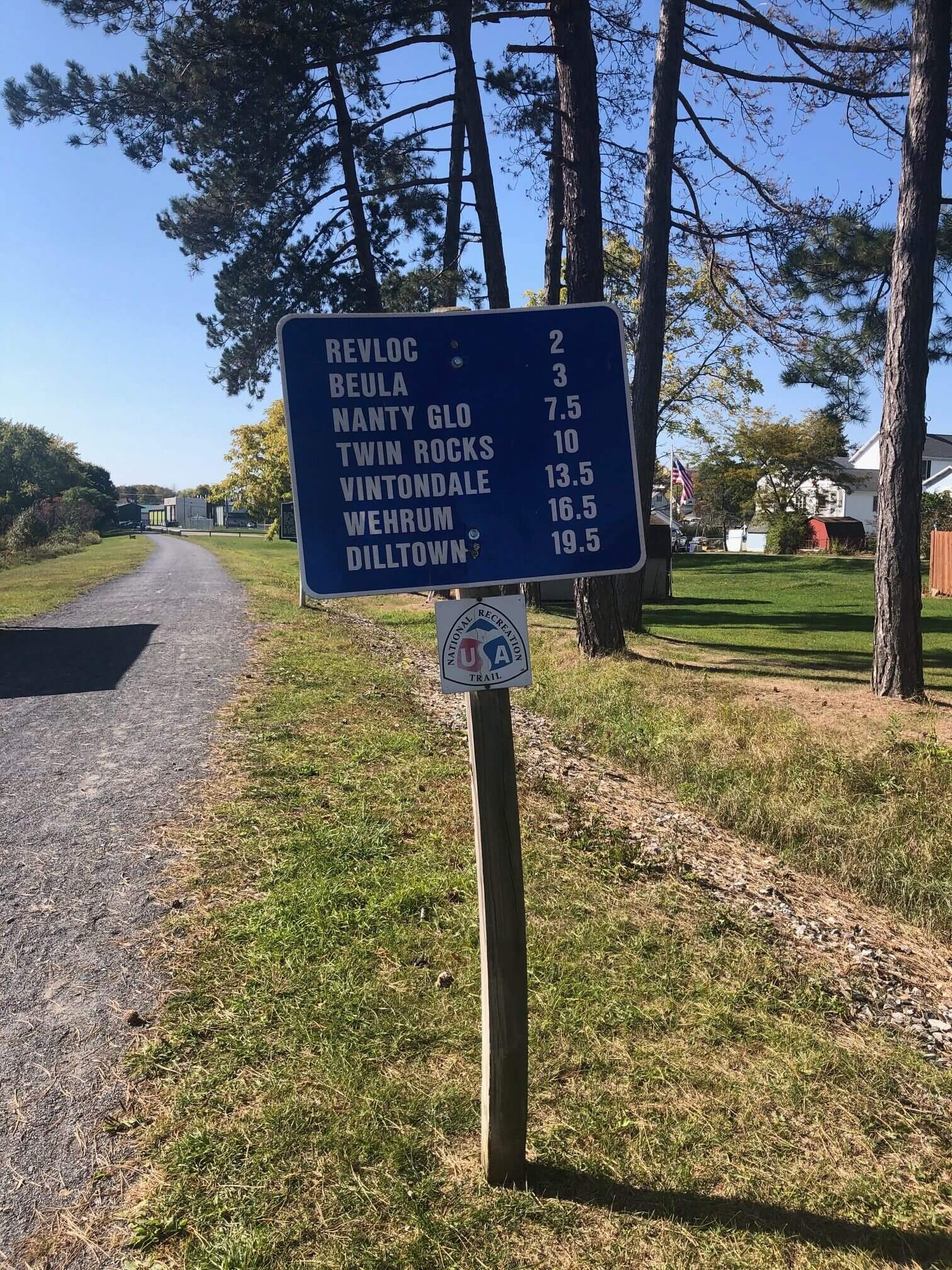Heritage
Heritage
The rich history of lumbering in Cambria County, Pennsylvania, is a testament to the region’s natural resources and the industrious spirit of its people. This overview is contributed by Clark Creery with permission from the Cambria County Historical Society.
Under the 1790 Constitution and the Law of the Commonwealth, the office of Surveyor General was tasked with marking property lines in Pennsylvania. When the Governor signed the Act of March 26, 1804, creating Cambria and Clearfield counties, the Surveyor General’s office was responsible for laying out these new counties.
One of the most historic landmarks in this part of Pennsylvania is the northwest corner of Cambria County, marked by a large wild black cherry tree near the Susquehanna River. These early surveys were crucial for timber cruisers and estimators who needed clear property lines to estimate timber accurately.
In the spring of 1894, a surveying party re-surveyed the original 1804 lines. The party, led by John Scanlan of Carrolltown, discovered old line markings on a large oak, confirming the early county line survey. This process illustrated the meticulous work of early surveyors who paved the way for the timber industry in the region.
The northern third of Cambria County was known as the pine country, with over 50% of its timber being white pine. This timber was crucial for the booming lumber industry, and logs were floated down the Susquehanna River to markets. The central third of the county, rich in hardwoods like cherry, beech, and oak, became known for its fine timber. Thomas Griffith, Sr., known as the “king of the cherry lumber trade,” played a significant role in this industry.
A.A. Barker, a Maine Yankee, established himself in Carrolltown and became a prominent figure in the manufacture of barrel components, known as “shook.” His mills produced high-quality white oak barrels used for various goods, contributing significantly to the local economy.
The Vintondale Lumber Company and Barker Brothers operated large mills, cutting substantial amounts of timber daily. Small mills, powered by water or steam, dotted the landscape, contributing to the region’s lumber output.
Despite extensive logging, Cambria County’s forests remain a vital renewable resource. With proper care and fire protection, the remaining forest lands continue to support the local economy and environment.

For those interested in exploring Cambria County’s lumbering history, the Cambria County Historical Society provides valuable resources and archives. These documents are available for personal research and are maintained for free access, preserving the rich legacy of the region’s timber industry.
To delve deeper into the history of lumbering in Cambria County, visit the McKean County Courthouse or the Smethport Visitors Center. You can also contact the Allegheny National Forest Visitors Bureau at 1-800-473-9370 or info@visitANF.com for more information and resources.
© 2025 Lumber Heritage Region LLC | Website Designed & Hosted by Pixel & Hammer